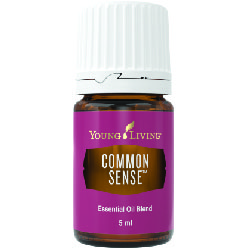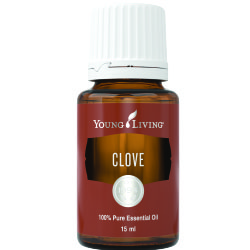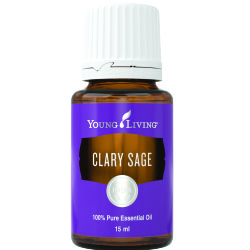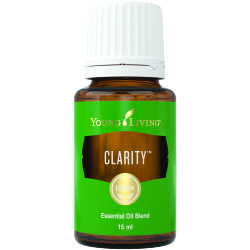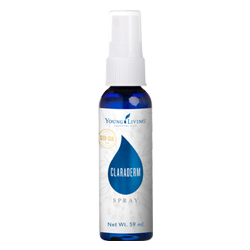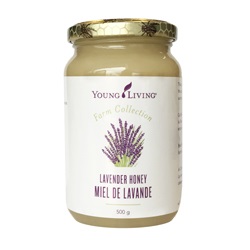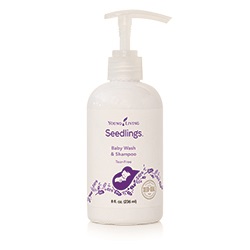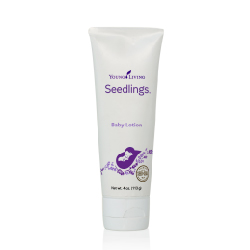Q. Which variety of lavender does Young Living use to obtain Lavender essential oil?
A. Our Lavender essential oil is obtained from Lavandula angustifolia, also known as true lavender. Other varieties not offered by Young Living include Lavandula dentata (French lavender) and Lavandula stoechas (French and Spanish lavender).
Q. What is the difference between lavandin and Lavender essential oil?
A. Lavandin (Lavandula x hybrida) is a hybrid plant developed by crossing lavender with spike lavender. Lavender essential oil is obtained from the flowering top of the true lavender plant (Lavandula angustifolia).
Q. Can children use Lavender essential oil?
A. Young Living offers several products that contain Lavender essential oil and are formulated specifically for children. If you have concerns, we recommend consulting a health professional before using any of our products to determine if they are right for you or your child. The health and well-being of our members is very important to us. Children can be particularly sensitive, so we suggest great caution when using oils with them.
Q. What is the approximate volume of lavender grown, harvested, and distilled by Young Living?
A. The volume of lavender harvested at the Young Living Lavender Farm and Distillery in Mona, Utah, USA, varies each year depending on many factors, including crop yield, peak harvesting time, and production. Young Living has several farms that specialize in the production of lavender. All of the plants are harvested and distilled when they reach their peak for the production of pure Lavender essential oil.
Q. Are ketones present in Young Living’s Lavender essential oil?
A. Young Living’s Lavender essential oil is considered low in ketones.
Q. How much plant material is required to produce Lavender essential oil?
A. It takes a sizable amount of plant material to produce Lavender essential oil—about 1 acre of lavender yields 4─5 liters of Lavender essential oil.
Q. When is lavender harvested for essential oil production?
A. Lavender is harvested in the summer or early fall when the plant reaches its prime for optimum production of essential oil.
